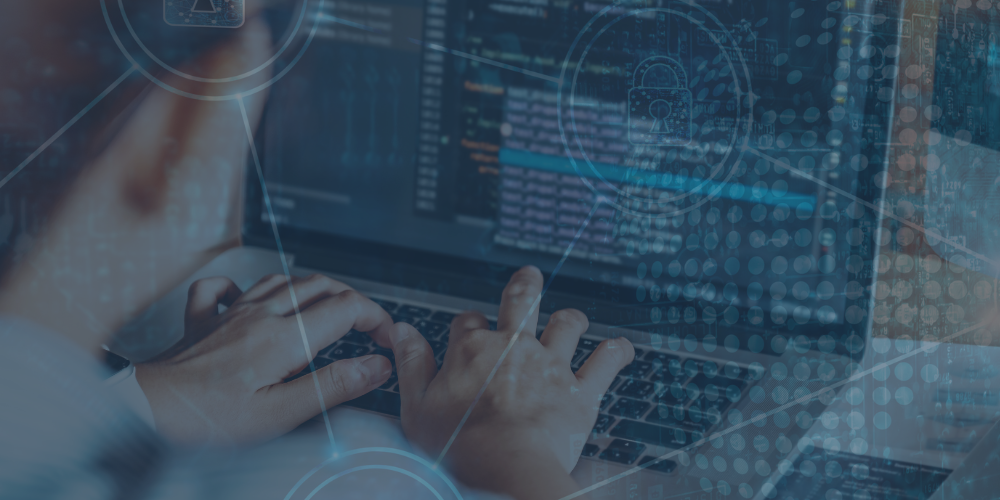More than 7 months ago, the World Health Organization declared COVID-19 a pandemic. Since then, many of us have made changes to our lifestyle, the way we live and work. As we all try to curb the spread of the COVID-19 virus, remote working has become normalised, and a necessity for many businesses.
However, with a shift to a remote workforce, there are cybersecurity concerns – after all, the office workspace comes with layers of security measures and safeguards that are not always available for home workspaces. This is why, during these unprecedented times, it is vital that businesses provide their teams with practices and tips to secure their home devices and ensure a safe remote working environment. This in turn will protect the valuable data for the business.
Tips to stay safe and secure
So, what can users and businesses do to ensure their sensitive data is protected? A few tips to consider from the Drawbridge team:
- Avoid “Shadow IT”, using systems not approved by the business to accomplish business tasks and processes puts the organisation at risk.
- Update software and operating systems. Cybercriminals take advantage of outdated software and use this to infiltrate networks.
- Use a password manager. Be wary of using the same password across all platforms – this puts your device and data at risk.
- Multi-factor authentication should be used whenever possible, as this ensures employee accounts are secure by requiring multiple pieces of information or identification to verify the user.
- Employees should secure their home routers. This is done by utilising Wi-fi encryption and changing the default passwords for all devices, as well as any applications and platforms being used. This requires anyone to enter a password when trying to hop on the network.
In addition to requiring the above from their employees, they should:
- Mandate the backup of all the important data for the business. This way, even if the organisation falls victim to an attack – the organisation’s valuable data is accessible and safe.
- The business should ensure that all corporate-owned and managed devices have an appropriate endpoint security solution and any personal systems that are required to be in use with corporate data should have the same or equivalent security in place.
- Provide secure cloud services for content storage, some providers also offer the ability to collaborate online documents, in addition to the ability to collaborate online.
All in all, it all comes down to practicing good cyber hygiene and following the recommendations and best practices shared by the IT and security team at the company. Having a remote workforce doesn’t always have to mean that your employees have left an open door for cyber criminals to compromise the business. If you make it a habit to keep an eye on your organization’s cybersecurity practices, you will be able to adapt to the new normal and stay safe from threats and attacks.



